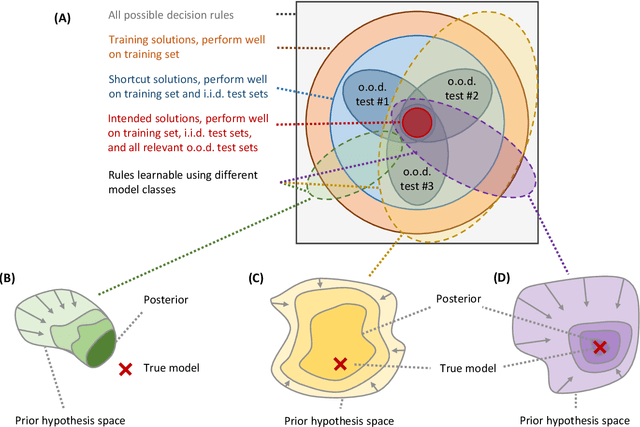Yannik Potdevin
Responsible and Regulatory Conform Machine Learning for Medicine: A Survey of Technical Challenges and Solutions
Jul 20, 2021



Abstract:Machine learning is expected to fuel significant improvements in medical care. To ensure that fundamental principles such as beneficence, respect for human autonomy, prevention of harm, justice, privacy, and transparency are respected, medical machine learning applications must be developed responsibly. In this paper, we survey the technical challenges involved in creating medical machine learning systems responsibly and in conformity with existing regulations, as well as possible solutions to address these challenges. We begin by providing a brief overview of existing regulations affecting medical machine learning, showing that properties such as safety, robustness, reliability, privacy, security, transparency, explainability, and nondiscrimination are all demanded already by existing law and regulations - albeit, in many cases, to an uncertain degree. Next, we discuss the underlying technical challenges, possible ways for addressing them, and their respective merits and drawbacks. We notice that distribution shift, spurious correlations, model underspecification, and data scarcity represent severe challenges in the medical context (and others) that are very difficult to solve with classical black-box deep neural networks. Important measures that may help to address these challenges include the use of large and representative datasets and federated learning as a means to that end, the careful exploitation of domain knowledge wherever feasible, the use of inherently transparent models, comprehensive model testing and verification, as well as stakeholder inclusion.
An Empirical Investigation of Randomized Defenses against Adversarial Attacks
Sep 12, 2019



Abstract:In recent years, Deep Neural Networks (DNNs) have had a dramatic impact on a variety of problems that were long considered very difficult, e. g., image classification and automatic language translation to name just a few. The accuracy of modern DNNs in classification tasks is remarkable indeed. At the same time, attackers have devised powerful methods to construct specially-crafted malicious inputs (often referred to as adversarial examples) that can trick DNNs into mis-classifying them. What is worse is that despite the many defense mechanisms proposed to protect DNNs against adversarial attacks, attackers are often able to circumvent these defenses, rendering them useless. This state of affairs is extremely worrying, especially since machine learning systems get adopted at scale. In this paper, we propose a scientific evaluation methodology aimed at assessing the quality, efficacy, robustness and efficiency of randomized defenses to protect DNNs against adversarial examples. Using this methodology, we evaluate a variety of defense mechanisms. In addition, we also propose a defense mechanism we call Randomly Perturbed Ensemble Neural Networks (RPENNs). We provide a thorough and comprehensive evaluation of the considered defense mechanisms against a white-box attacker model, six different adversarial attack methods and using the ILSVRC2012 validation data set.
 Add to Chrome
Add to Chrome Add to Firefox
Add to Firefox Add to Edge
Add to Edge